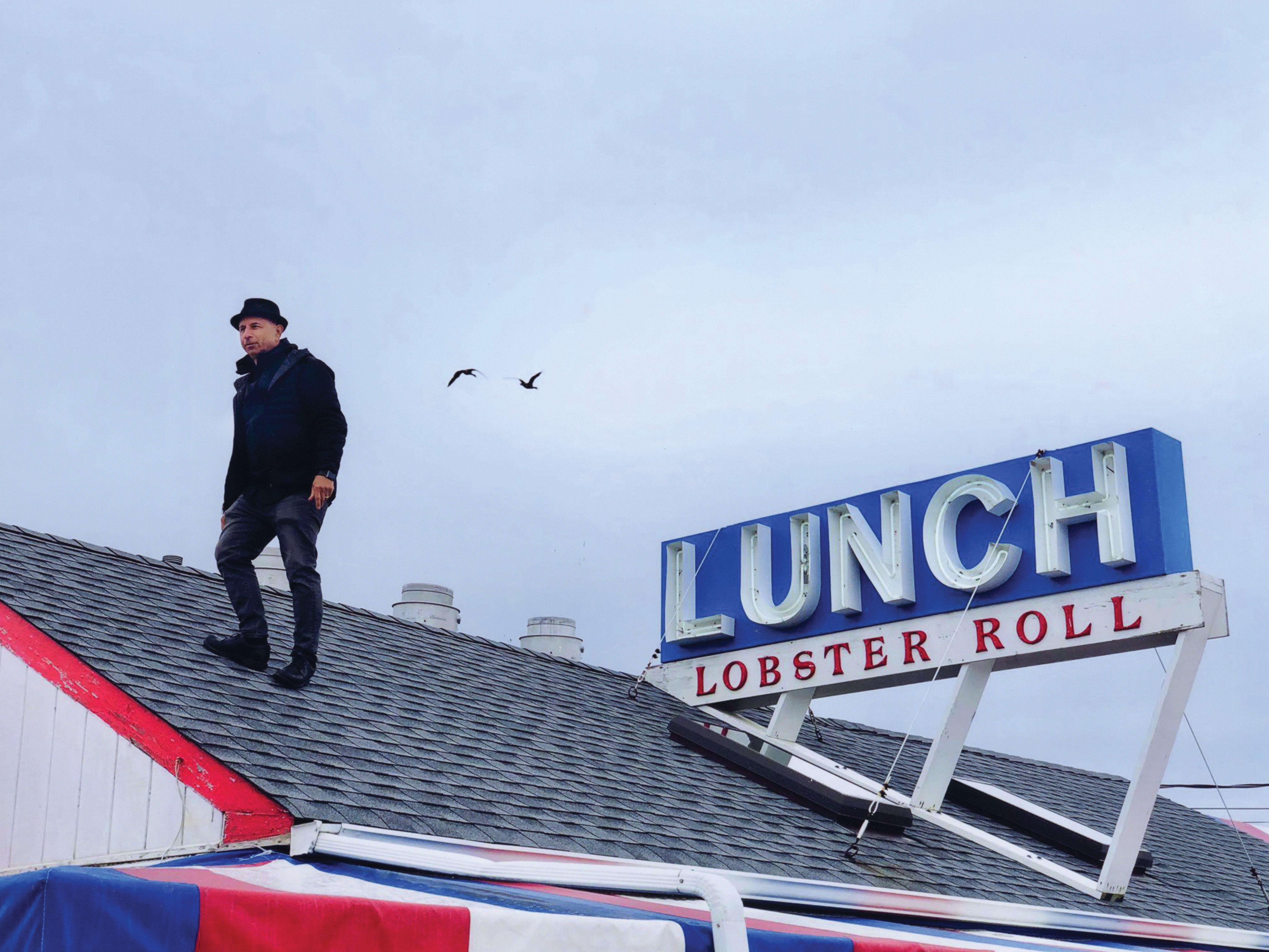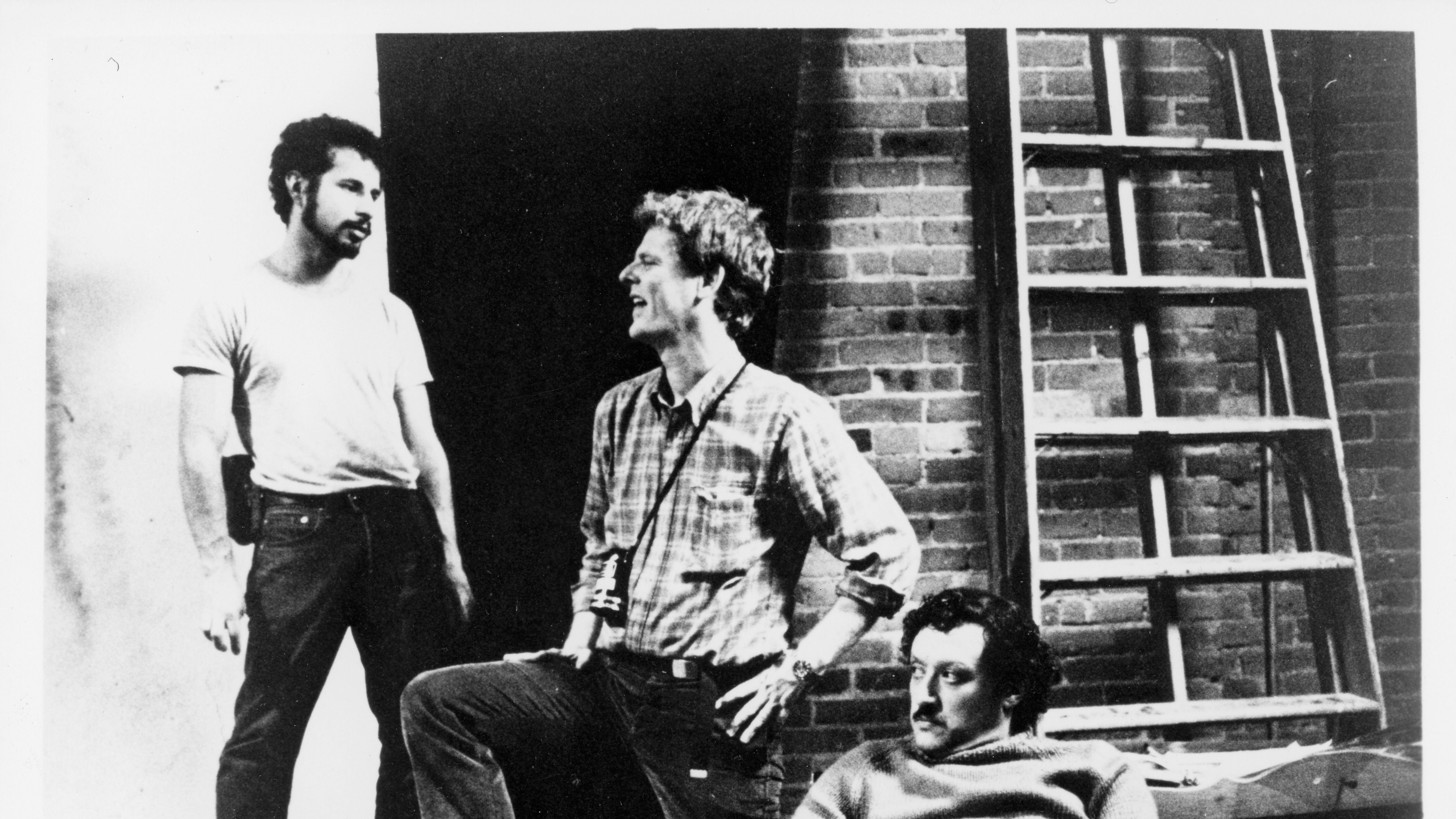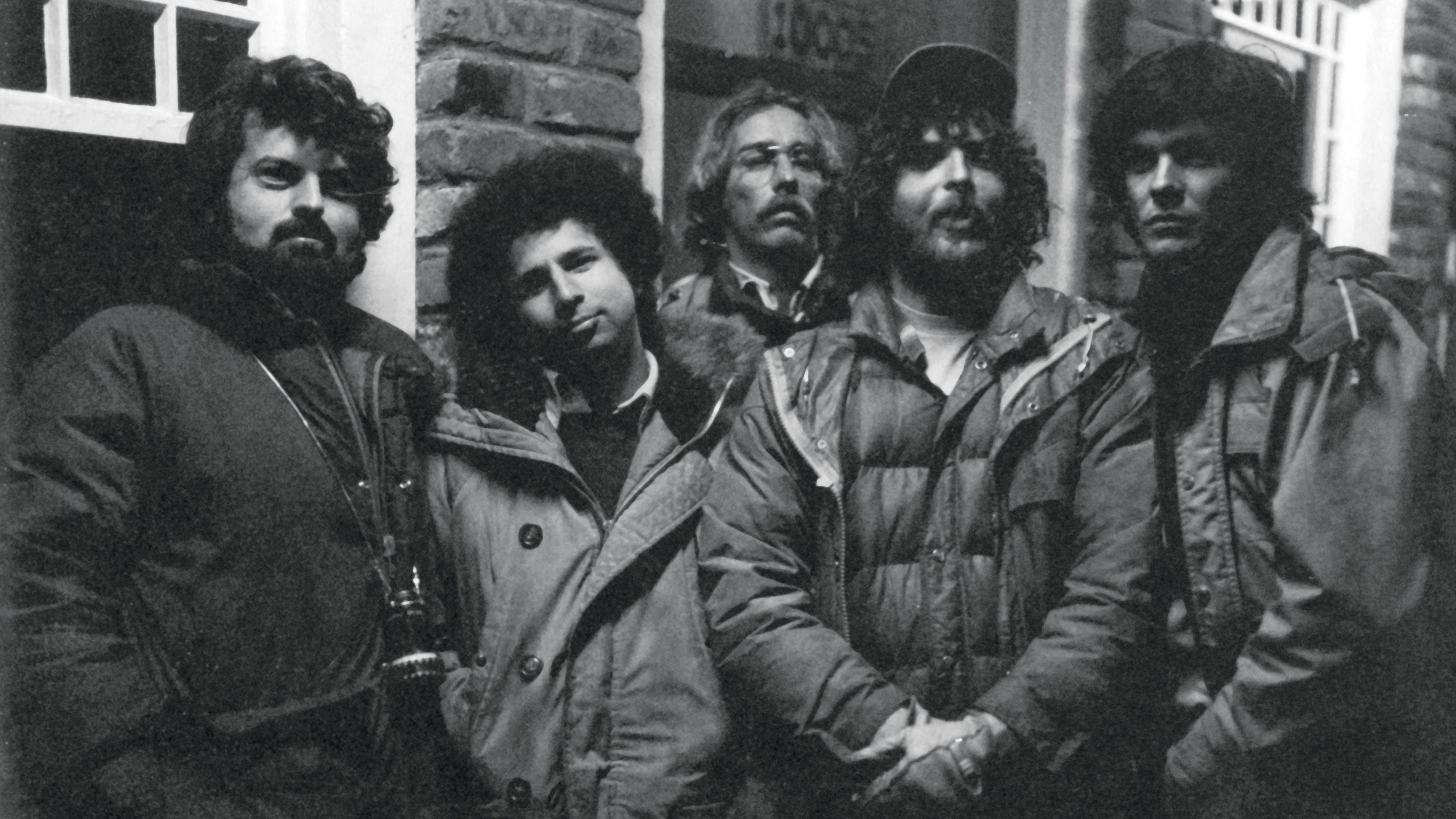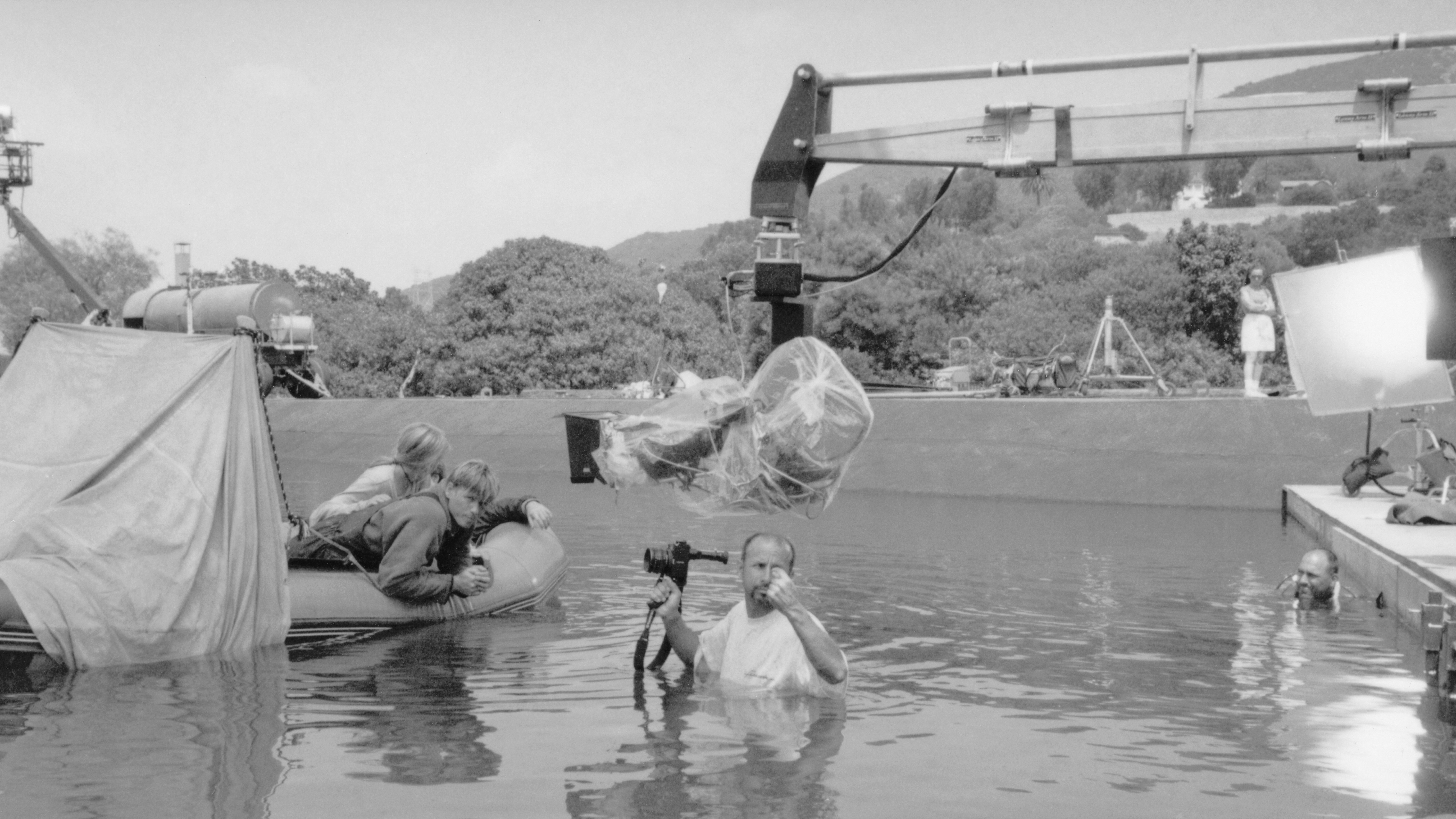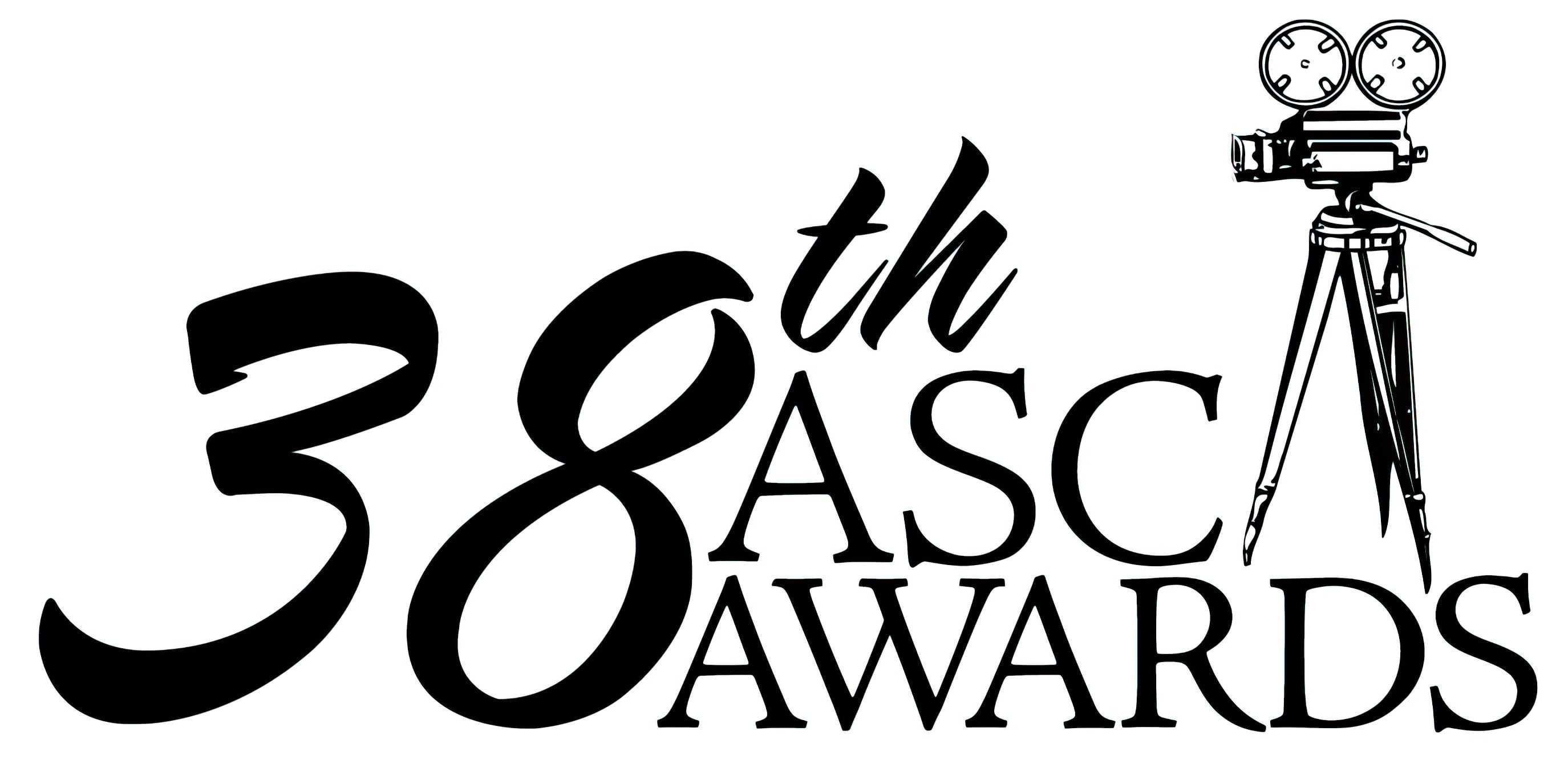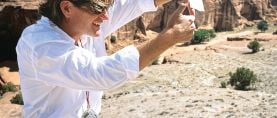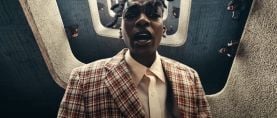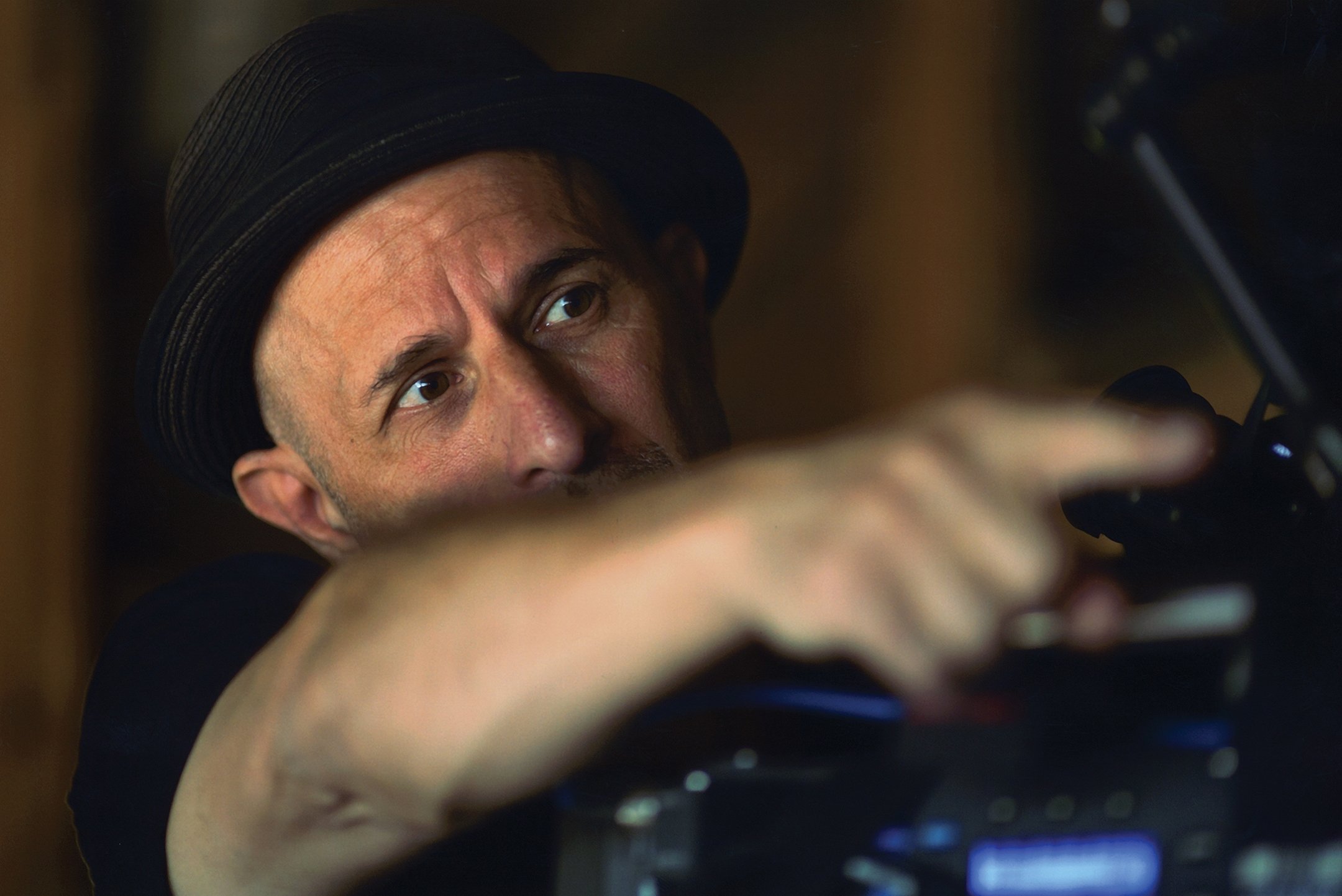
Steven Fierberg, ASC: Driven by Passion
The recipient of the Society’s 2024 Career Achievement in Television Award reveals the inspirations that have energized his career.
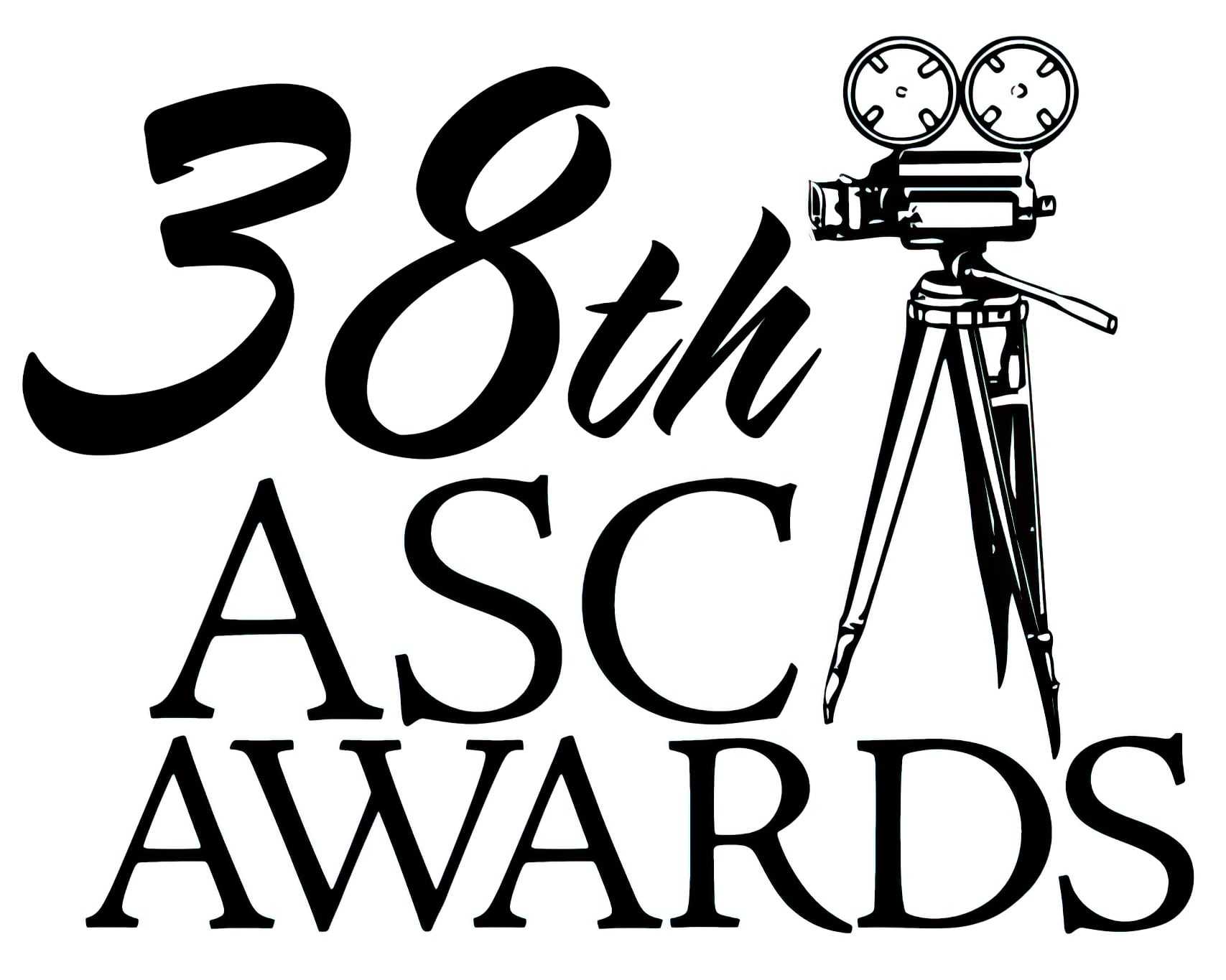
Steven Fierberg, ASC points excitedly at a canvas by Jean-Michel Basquiat during a recent tour of L.A.’s The Broad museum. Titled Melting Point of Ice, it has an angry face, a spread-eagled elephant, an eye with teardrops of blood. He notes wryly, “Now that is my world — reds and blacks, anger, the world isn’t working, poverty, people suffering…”
As Fierberg tells it, his vision germinated in dark spaces, including the depressed neighborhoods of Detroit, where he was born, and the punk underworld of New York City, where he started his film career. But as people who have worked with him will quickly point out, the cinematographer’s instinct is to shine light into that darkness and make space there for the human heart. “Steve is built on love,” says director Julian Farino, who worked with him on HBO’s Entourage. “He has the biggest heart, and endless love for humanity.”
Fierberg will be presented with the ASC Career Achievement in Television Award on Sunday, March 3, during the 38th Annual ASC Awards for Outstanding Achievement in Cinematography. The ceremony will be streamed live at theasc.com.
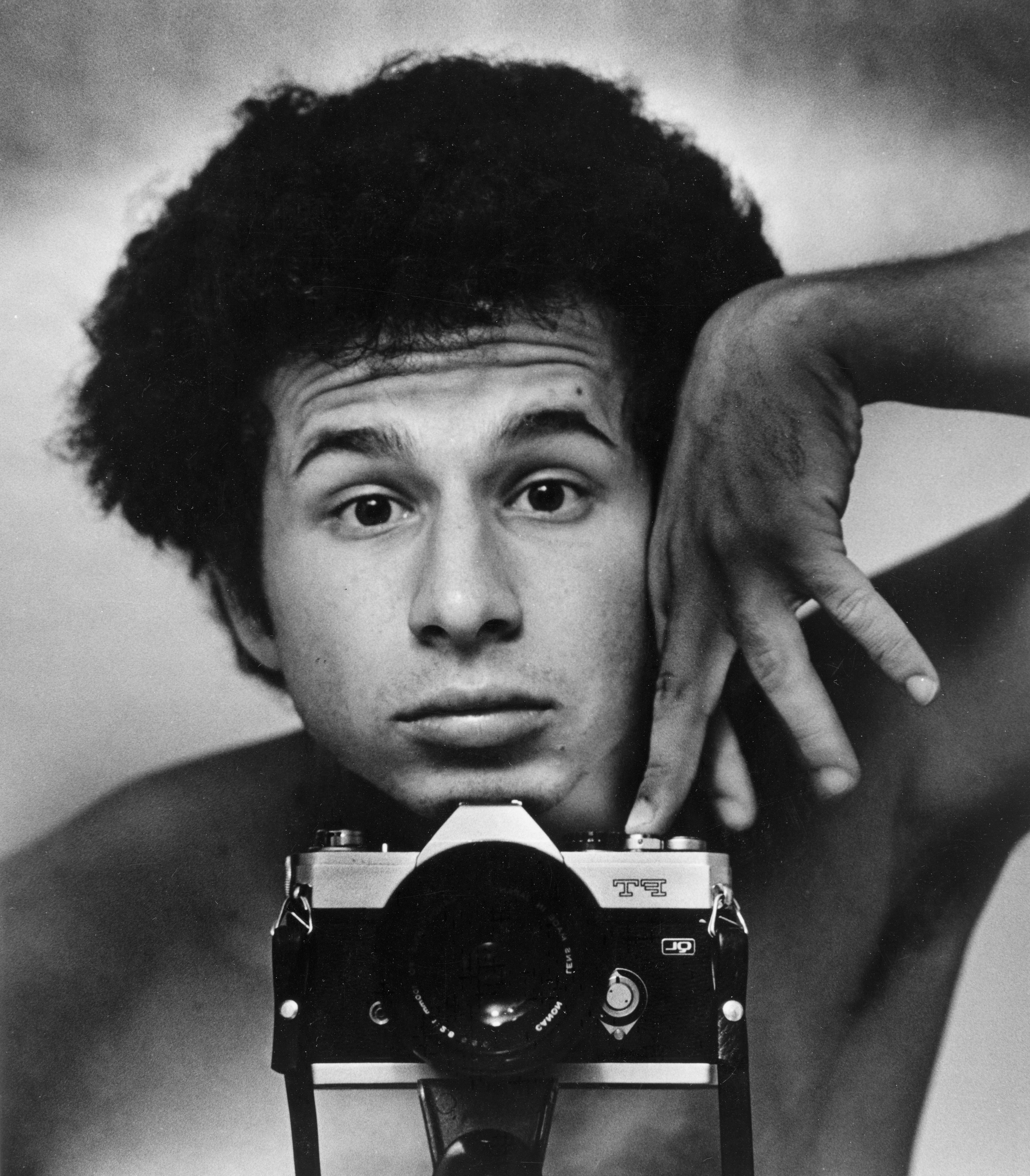
An Unconventional Path
From working as a janitor in a New York film studio to receiving this year’s ASC Career Achievement in Television Award, Fierberg’s career path has been neither easy nor predictable. But it has always been driven by passion — for film, for light, and for the human need to connect. “Part of my journey as a human being is to find myself emotionally — to find passion,” he says.
Fierberg had to find his own way in the visual arts from the very beginning. “In Detroit, there were no role models for any art form outside of music,” he says. By ninth grade, he’d bought a Praktica still camera, “and I was working for the school newspaper. I was in the darkroom constantly. We put a darkroom in our basement — my parents were very supportive, even if they didn’t see any career prospects in an artistic pursuit.”
In high school, he and three friends made 45-minute movies with an 8mm camera. “We did take-offs on Clint Eastwood movies, parodies. Each of us did everything — direct, shoot, act, edit.” But Hollywood seemed as unattainable as the Cinderella Castle from The Wonderful World of Disney logo that appeared every Sunday on TV.
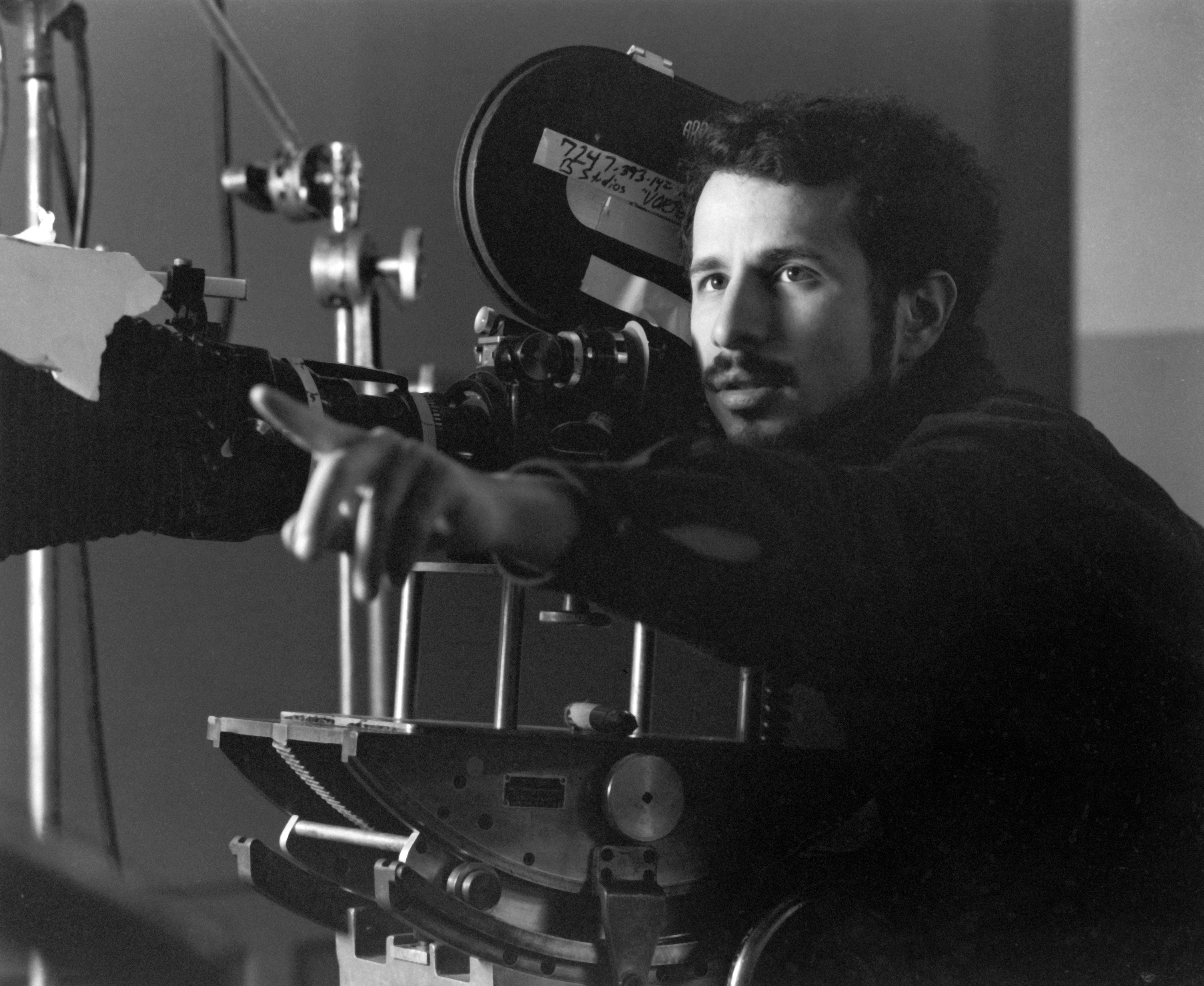
Transformative Moments at Stanford
Fierberg won a National Merit Scholarship and went to Stanford University, which advertised a film program. “The day I got there, I realized they didn’t have a good movie program,” he recalls. “My Detroit-bred fear of going into the arts led me to declare a ‘safe’ major, so I chose engineering. But the first time I showed up in the office of my adviser — the head of Stanford engineering, so you can imagine how smart that guy was — he took one look at me and said, ‘What are you doing here?’ Then he pointed down the hallway at a bunch of guys wearing pocket protectors carrying slide rules. ‘Those guys are engineers. You’re too interesting to be an engineer. Get out of here.’ In less than a second, he could see my artistic soul better than my family and my oldest friends.” Then came the final transformation. Still a freshman, Fierberg got a job as a PA on a grad-student film, shooting in downtown San Francisco. “We were setting up on the roof of a building, and down on the street there was another crew with a Panavision R-200 camera and a dolly. I went downstairs, and Gene Hackman was there — and at one point he looked in my direction and caught my eye, and it was as if I belonged on this earth! He was shooting The Conversation with Francis Ford Coppola. And I thought, ‘What if I was 40 years old and I saw a movie crew working and I’d never even tried to do it?’ So, at that moment, I decided to go for it.”
During his first two years at Stanford, Fierberg took every film course the school offered while also studying a bit of classic literature and philosophy. “I read all of Dante, Thomas Aquinas, and so on. That background helps me connect with screenwriters and directors. They can have a conversation with me, and I can follow and maybe even contribute.”
With no more film classes to take, Fierberg might have dropped out, but fortunately, Stanford offered an overseas course on British drama and film in collaboration with Oxford University. “I went to three or four plays a week. My graduating thesis was on Harold Pinter. It was my first experience being in London, a cosmopolitan city. My Detroit naïveté was finally punctured.”

“Be the Janitor!”
Returning from London, Fierberg moved to New York, where he got a job as a janitor at the Mothers Sound Stage on East Fifth Street — cleaning the stage and bathrooms, making the coffee and watching the shoots. “I went from Stanford University to the very bottom, but I learned from all these gaffers and DPs how they lit a shot. I made $105 a week. I couldn’t afford to go out to lunch.”
However, Fierberg found himself surrounded — and creatively stimulated — by graffiti artists, dancers, actors, writers and other “creatives.” He says, “I was finally in the type of place where I’d always dreamed of being.”

He got his first break when Nancy Schreiber, ASC hired him as a camera assistant on her documentary projects. Then he landed a four-week job in Los Angeles as an electrician for Roger Corman — at $150 a week. “My plane ticket from New York was $650, so I was getting paid less than what it cost to fly there. But my career has advanced by taking jobs for free or on very low pay. Swallow your pride — a great lesson in life. Be the janitor!”
The Corman movie was Rock ’n’ Roll High School (1979), shot by future ASC great Dean Cundey. Fierberg, who had been a gymnast, “loved being an electrician — I loved climbing on things.” He began a bi-coastal life, working as a cinematographer for free on low-budget movies in New York and supporting himself by working as an electrician and gaffer in L.A. He moved to L.A. when he got a job shooting the 1988 horror film A Nightmare on Elm Street 4: The Dream Master.

Creative Partnerships
Fierberg’s career was underway. After a few smaller movies, he met Dick Lowry, a successful director of made-for-TV movies. Starting with Texas Justice (1995), Fierberg shot eight projects for him. “We became brothers right off the bat,” says Lowry. “Steve was always my first call since we met. There was a thing that Steve and I had that came absolutely naturally. One of us would say, ‘What if we do this?’ And then the other would say, ‘Let’s do that and this.’ And we could never remember afterward who had the idea for the shot — because it was the partnership that had the idea for the shot. I never had another partnership that melded like we did. He is a fascinating guy. Once you meet Steve, you never forget him.”
Fierberg credits Lowry with teaching him how to shoot dramatically, creatively and efficiently for television. “Dick made it so I was making a living from TV.”
The largest-scale project they shot together was the miniseries Attila (2001), about the Hun leader who fought the Roman Empire. “We had 200 horses and riders almost every day,” Fierberg says. Lowry recalls that during prep, Fierberg “sent me a shot of Caravaggio’s painting Judith Beheading Holofernes. I thought that was absolutely right, a perfect image to have in our minds, because after Attila there was the Dark Ages.” Fierberg won an ASC Award for his work on the project.
Inspirational Artists
Painters have played a big role in Fierberg’s life ever since he saw Picasso’s Guernica on a high-school trip to the Museum of Modern Art. “I saw that and I stopped and said, ‘That’s art — that’s why people paint. Very big, feeling the pain, the anger, the outrage, the passion.’”

He has an encyclopedic memory of paintings, particularly those which have inspired individual projects. He likes Renaissance painters. “Almost everything you want to know about light was discovered in the Renaissance … I really love Hieronymus Bosch — the lighting of people falling into Hell. Also Michelangelo and Raphael.”
For Entourage, Fierberg used Renoir’s Bal du moulin de la Galette as his starting reference. “I felt that the Impressionist canon of capturing the moment — some of those paintings were done in an hour — should be the bible for Entourage. To my thinking, the show should make you feel as if you were there. It should never feel ‘lit’ or glamorized. That meant no fake backlight. The actors looked so good they didn’t need it, anyway!
“The Affair — that would be Edward Hopper, because Hopper is all about loneliness. Emily in Paris? Vermeer — the soft sidelight.”

He calls Steven Shainberg’s theatrical feature Secretary (AC April ’02), in which Maggie Gyllenhaal plays a repressed secretary who submits to the sexual advances of her boss (James Spader), “maybe the best movie I have done. It has that search for love and passion I’m always drawn toward.
“The idea was to show that the outside world is screwed up and the office is the safe place, like a womb,” he continues. “My reference was a 1951 photo by Wynn Bullock of a child sleeping on the leafy floor of a forest. I woke up at 3 in the morning and I thought, ‘What about that photo by Wynn Bullock?’ That image of natural innocence — as opposed to what might first come to mind when you think about that kind of fetishistic sexuality — defined the whole movie. Shainberg immediately said, ‘Yes, that is the movie.’”
At that point in his career, Fierberg had told his agent that he was tired of doing network television. “With a network, you would have a great script, and then in preproduction they would give loads of notes and take out almost every interesting thing before you shot it. Then, in editing, they would eliminate the rest.” But then his agent gave him a TV script and said, “This is HBO. I think you’ll find the material better than what you’re used to.”
The show was Doug Ellin’s Entourage.
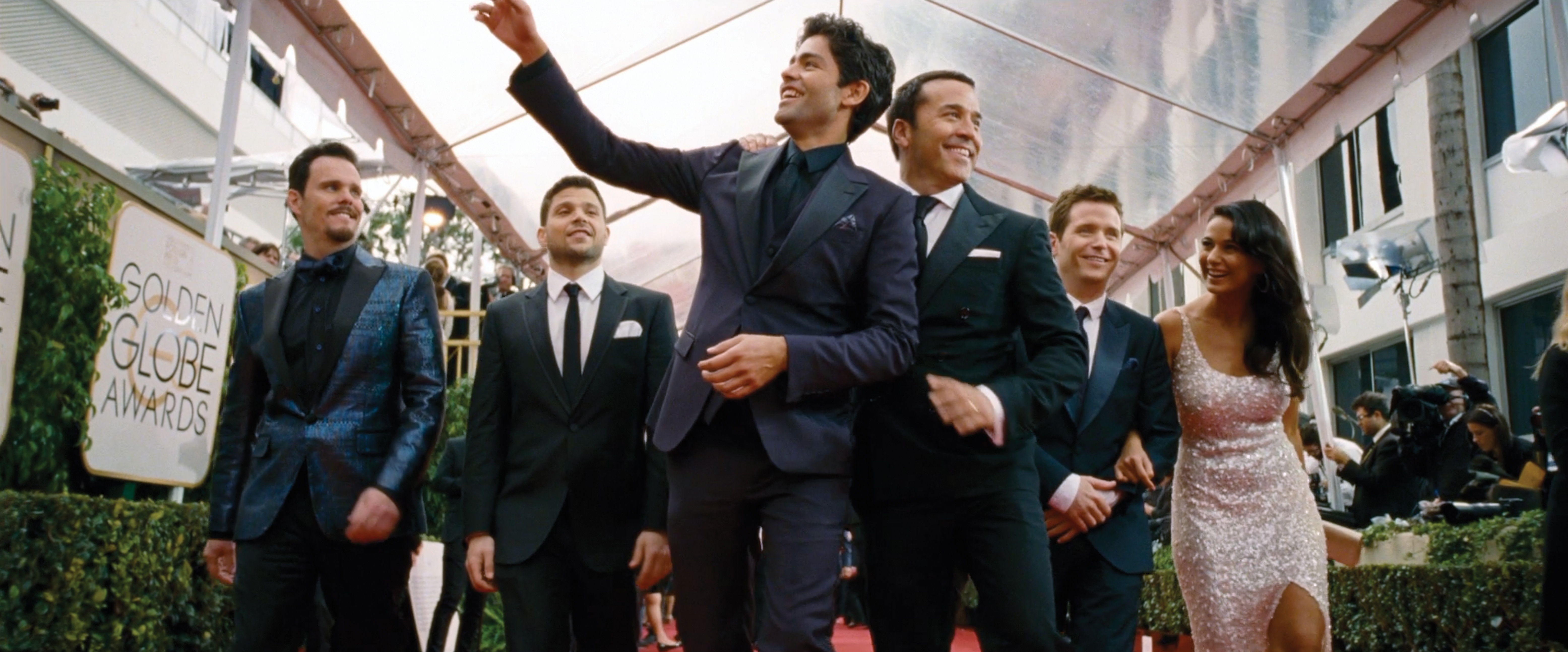
Entourage
Fierberg shot 25 episodes of the series from 2004 to 2006, establishing a documentary-like camera style for the show, which became a hit for HBO, airing for eight seasons and inspiring a follow-up feature film (AC July ’15). “We are just hanging out with these guys,” Fierberg says of the approach. In terms of the show’s lighting style, he notes, “People who like my lighting call it ‘heightened realism.’ I looked at what lights were already there and took away the ‘bad’ lights. Then I added what was needed. Ideally, it made the scenes feel ‘real,’ and true to the settings, which makes the story feel ‘real’ as well. The subconscious mind of the viewer knows when an image is glamorized. That wouldn’t be right for Entourage.”
Julian Farino, one of the show’s main directors, says, “From the start of Entourage, Steve was my first friend in Los Angeles. We were kind of under the radar. No one thought you could make a good show about Hollywood. We found that four-shot of the guys walking along, and that became the signature shot of the show.”
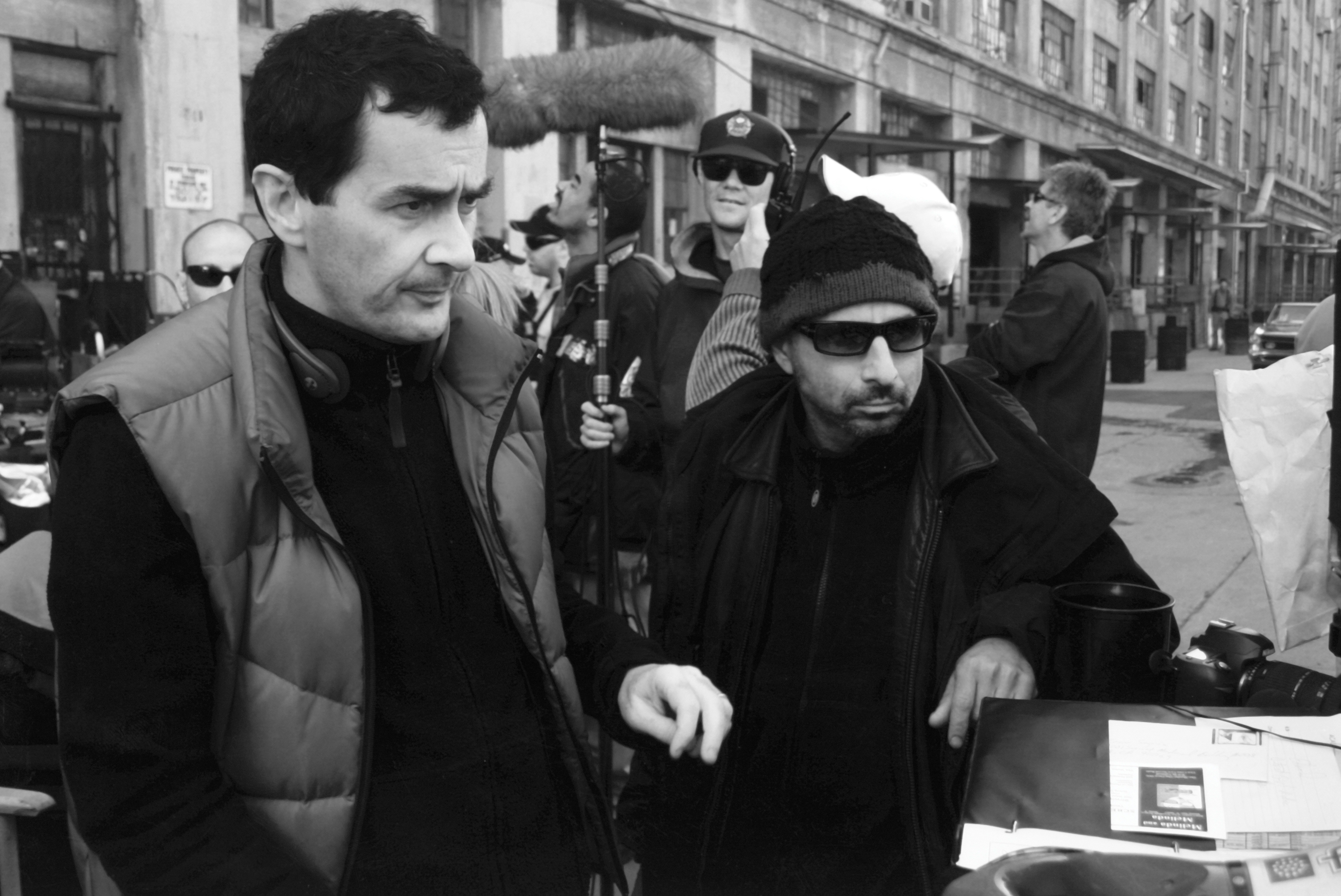
“We would do long handheld scenes,” Fierberg explains, noting that Steadicam operator and future ASC member Dave Perkal “was incredible at walking backwards along a street while shooting.”
He adds, “In documentary work, you can’t have close eyelines — you tend to pan back and forth between people who are speaking to each other. So, on Entourage, we purposefully avoided close eyelines; instead, we would do ‘raking’ shots from one character to another, sometimes arriving a bit late on a line of dialogue to create that extra sense of just following the action on the fly.”
Farino wanted to keep up the illusion that what they were shooting was real. “So,” Fierberg says, “we shot in the real Urth Caffé and the Coffee Bean in West Hollywood, because those spots are where real actors would talk to agents. Or we would shoot at actual Lakers games and real Hollywood parties — while they were happening. Nobody else was doing that. Directors would come up to us and say, ‘Are you serious? Did you really do that?’”
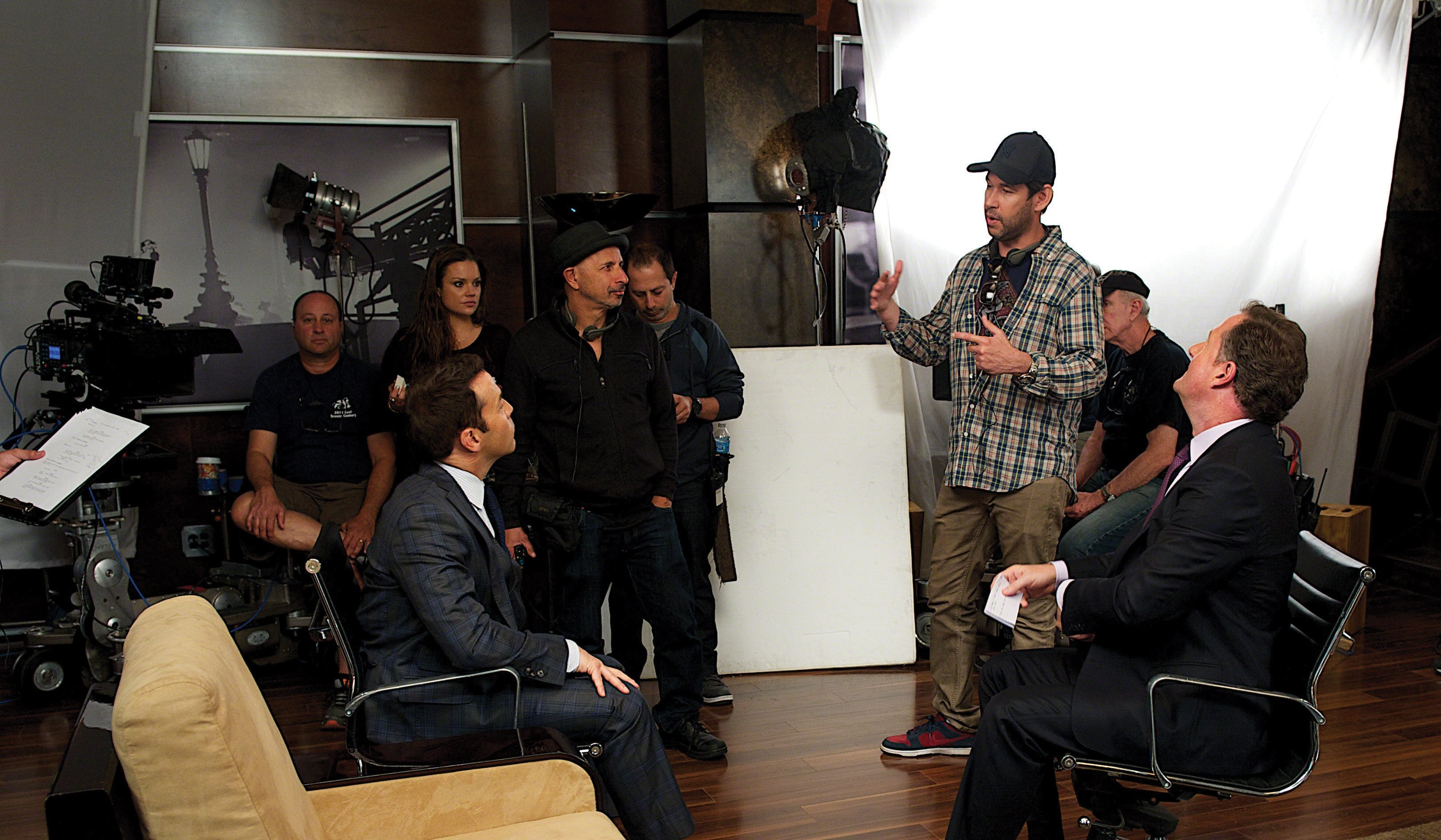
The Affair
Entourage led directly to The Affair (AC March ’15), another landmark in Fierberg’s career. Director Mark Mylod “met me on Entourage and brought me to The Affair. I loved the writing on it. I think [series co-creator] Sarah Treem is brilliant.
“The Affair is meant to be psychological. We would shoot an episode from one point of view and then from the other — so you would have one clean close-up of the person whose point of view it was and move with that person. The ‘master’ was actually over their shoulder, staging and looking at the other characters. It’s the opposite of theater, where the main character is facing the audience and secondary characters are around that person.
“I would also undercrank the camera to create blurry imagery with a subjective feel. We had some special lenses that were very old: 50mm [Panavision] Ultra Speeds, T1.0, a very rare stop. We would do close-ups of the main characters to emphasize their emotional states. We were one of the first shows to do very shallow depth of field with normal lenses, not telephotos. The shallow depth makes it feel more subjective.”
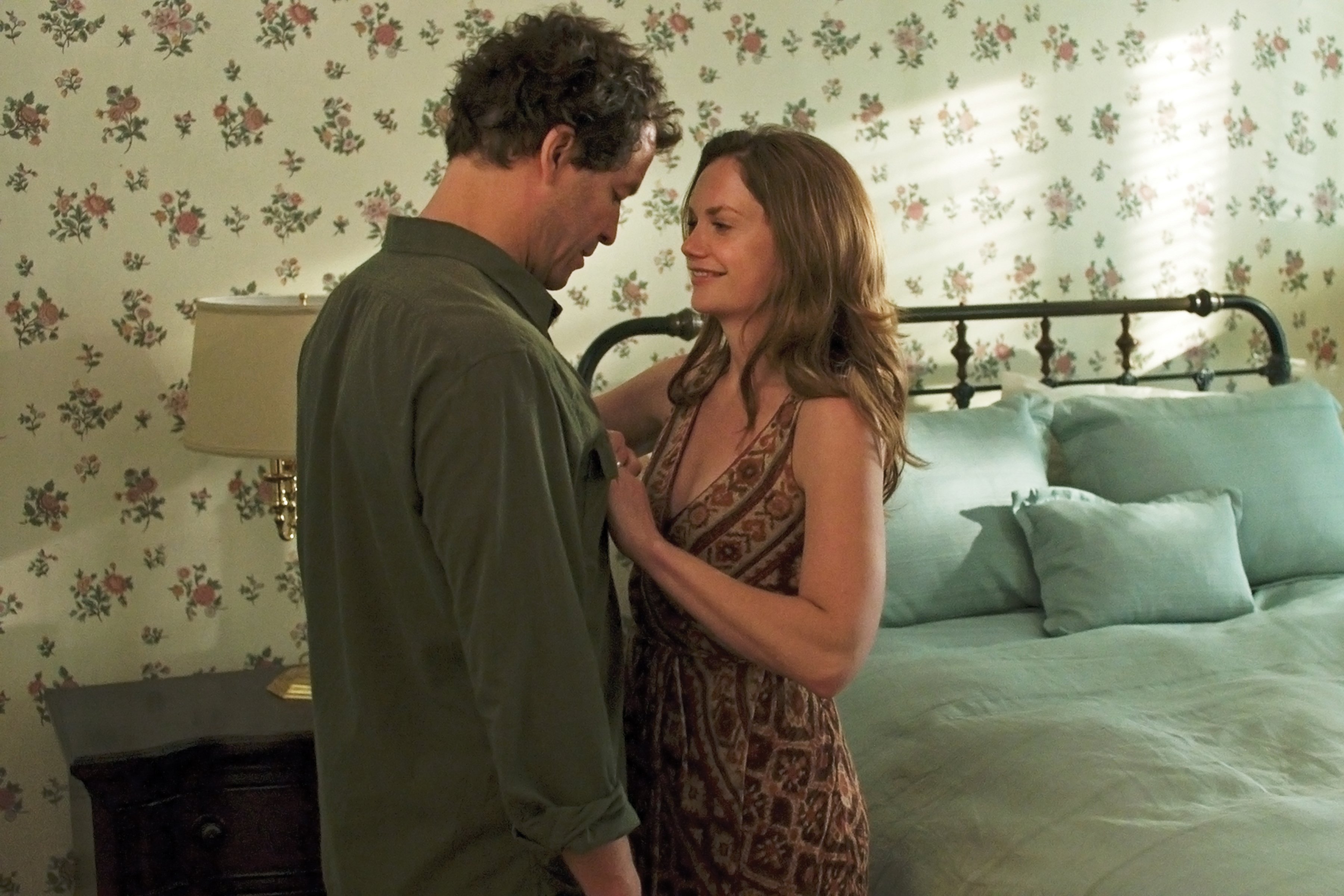
Emily in Paris
After The Affair, the cinematographer heard that Darren Star was going to do a TV show in Paris. “I had done a pilot for him, Miss Match, and so I met him at Soho House in West Hollywood. He said, ‘You defined L.A. in Entourage; you showed Montauk in The Affair.’” Star wanted the same for Paris, “but he told me I had to make the show very sharp, not soft. The Affair and much of the other work I had done had a ‘soft’ look, so this was a change for me. It’s the style Darren loves.”
Fierberg shot Emily in Paris (AC Feb. ’21) with Arri Signature Primes, which had the sharper look Star was seeking. He did make some use of ⅛ and ¼ Tiffen Glimmerglass filters to add a bit of the softness he loves so much, and Soft/FX or #1 Glimmer filters in certain situations to “add a touch of romance or make the actors look their best.” He adds, “I really like lighting peoples’ faces, and lighting Lily Collins was delightful.”
At night, production had to use battery lights because it’s hard to park generator trucks on narrow Parisian streets. “I made the lighting darker and darker as the tone of each season got darker. I was glad that Darren’s desire for a ‘sharp’ look broke me out of my pattern — but that doesn’t mean I won’t go back to it on the next project it’s right for. The look should always follow from the story.”
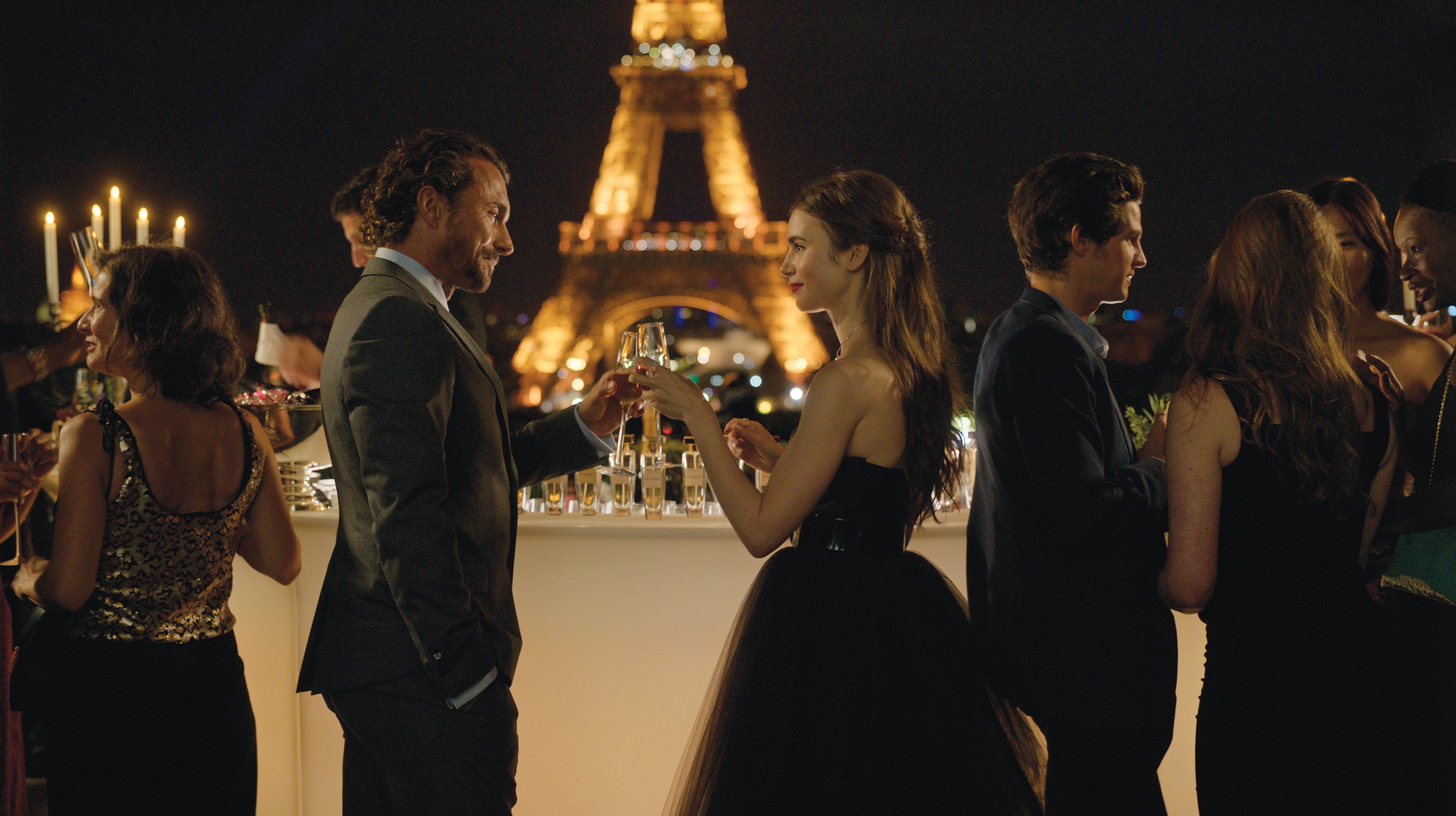
Lifelong Learning
With his highly regarded body of work, Fierberg now feels freer to take his time choosing his next project. He wants to feed his creativity, his search for passion. “I actually decided one of the reasons I wanted to become a cinematographer was because I would never fully know light — I would be learning all my life.”
His education never ends. He studied life-drawing decades ago and continually practices when he has time. In the standard methodology, “the first drawings must be done in just one or two minutes — they can’t be any good,” he says. “You have to give up being good and just put down a quick sketch of what you want to see. That takes incredible discipline as an artist, because in a way, trying to make it good means trying to please someone else. So, finally, you have to zero in on a specific aspect of the subject and say to yourself, ‘Well, I am just interested in that’ — which unleashes your passion and makes it personal, because the entire drawing can’t be finished.
“That approach to drawing was probably what changed my cinematography,” he muses. “Before, I would sometimes add a couple more lights than I needed to make a scene look ‘professional,’ which is often the opposite of ‘personal.’ Realizing this made my work become better, stronger and faster.”
Like many of the painters he admires, Fierberg hasn’t finished his canvas. “There’s always something new to learn, and every step of the journey should be joyous.”
